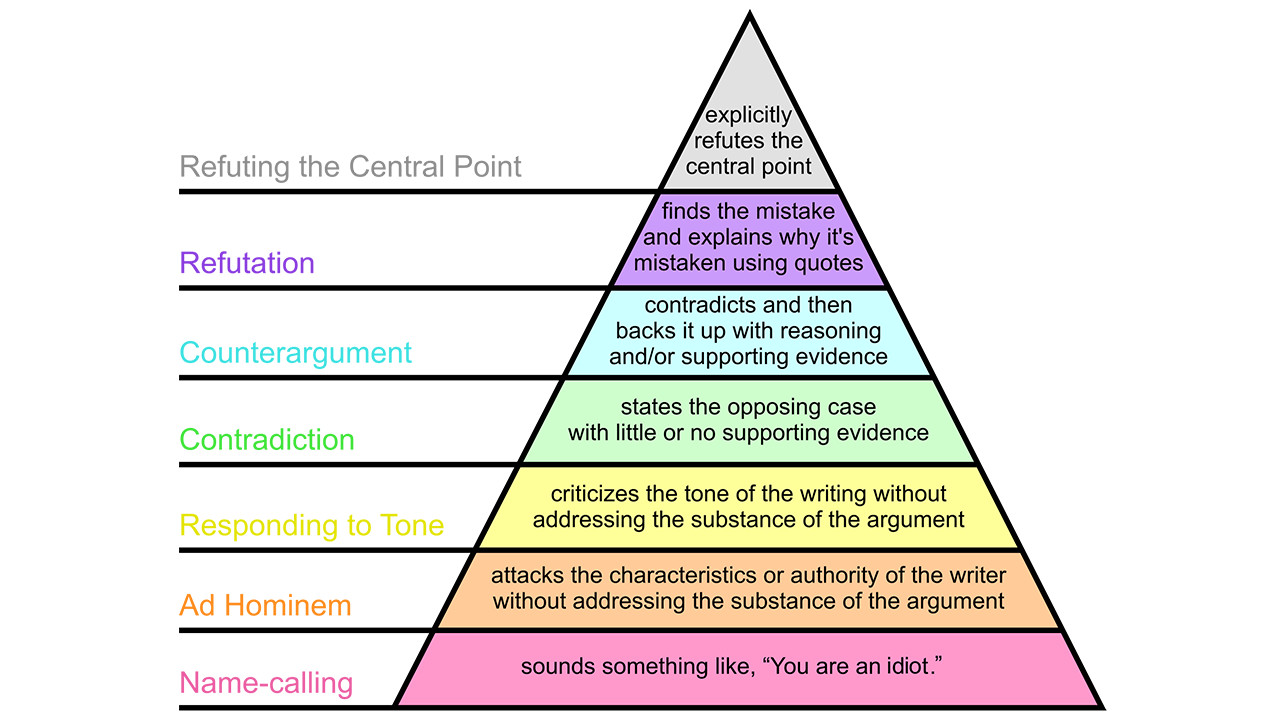
07 Nov Disagreement on the internet
If you are communicating on the internet , as an individual or as a professional you need to understand how disagreement on the internet works.
Paul Graham wrote in his 2008. essay “How to disagree“:
“The web is turning writing into a conversation.”
“Many who respond to something disagree with it.”
In an earlier article – The one percent rule – I wrote how 9% of people contribute to content on the web. That contribution can be a comment and comments are made when you are emotionally charged – positively or negatively. Graham made a disagreement hierarchy with which I absolutely agree:
- DH0. Name-calling.
- DH1. Ad Hominem.
- DH2. Responding to Tone.
- DH3. Contradiction.
- DH4. Counterargument.
- DH5. Refutation.
- DH6. Refuting the Central Point.
DH0, DH1 and DH2 lack arguments and are turned against the author not the actual piece.
From my own experience DH0, DH1 and DH2 should be completely ignored as they only try to discredit the author.
From DH3 and upwards the writer is making an effort to disagree with the actual piece.
It has already been mentioned many times before that the main feature of Web 2.0 is the two-way communication. Two decades ago, this communication was one-way, authors wrote and the readers read. The Internet allowed people to react through comments on texts, in forums or through writing on personal blogs. Today, these reactions are quick – negativity is spreading quickly through social networks, and everything is visible.
The result of the visibility and easy two-way communication is that it is easy to disagree. The opposed opinions often lead to poor communication, even to quarrels. There is a real danger that an increase in disagreement will lead to people even more firmly defending their attitudes, especially on the Internet where it’s easy to say something that we would never say in the face.
